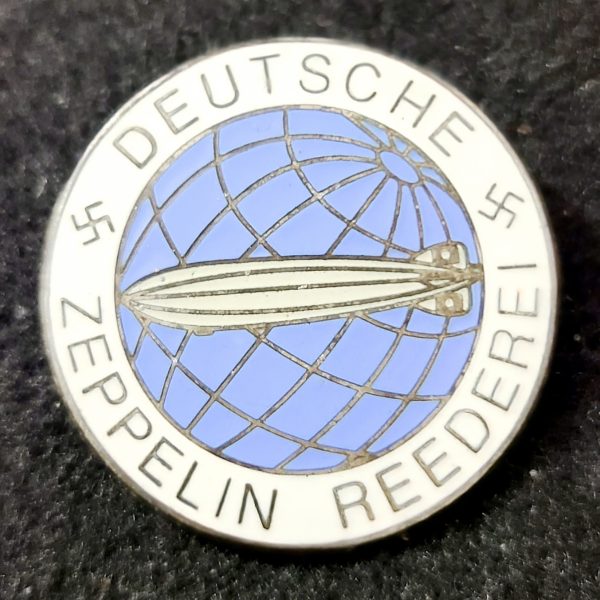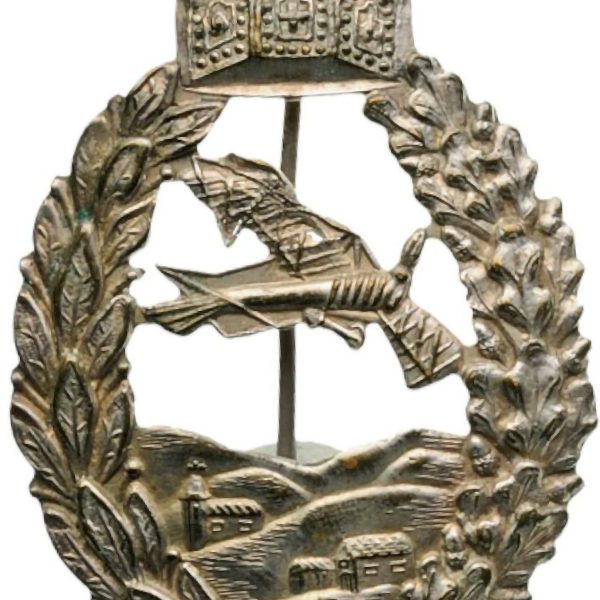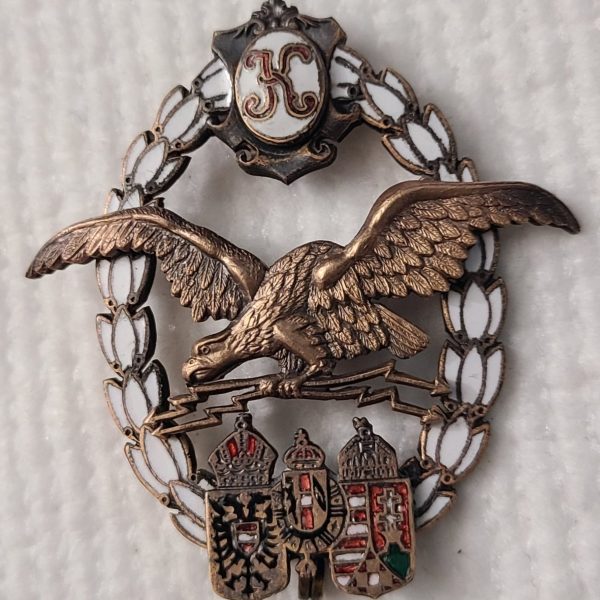Three different types of flight badges were produced. The basic flight badge was stamped (cliche). If you are familiar with Imperial German Army and Navy Wound Badges (stamped out by high-pressure machines), this is the same design (Type-1). The second type (a step up) was the one-piece massive design. These solid badges were manufactured from a single piece of metal (Type-2). The third, and highest-quality flight badge, was the two-piece hollow design. These badges were made from two separate metal pieces that were then soldered together. A weep hole on the badge’s reverse allowed the gases produced during the soldering process to escape (Type-3). Our C. E. Juncker flight badge is an excellent example of this second (Type-2) design.

-

-

-

-
World War 2 was one of the most significant conflicts in modern history. Millions of soldiers and civilians died in the fierce battles between the Allies and the Axis.
Tales of courage and sacrifices still live in the military artifacts that remain in our grandparents’ attics, basements, and footlockers. Iron Cross HQ is very proud to offer a wide selection of WWII uniforms, WWII field gear, weapons, medals, decorations, photos, and more, for sale at Iron Cross HQ Store. Reproduction items and originals are available for Militaria collectors and reenactors.
Iron Cross HQ, as the seller of War memorabilia, would like to emphasize that these items are sold as historical artifacts and collectibles, and not intended to promote or glorify war, violence, or any extremist ideology. We do not condone the actions of any individual or group involved in these conflicts and sell these items solely for their historical significance.